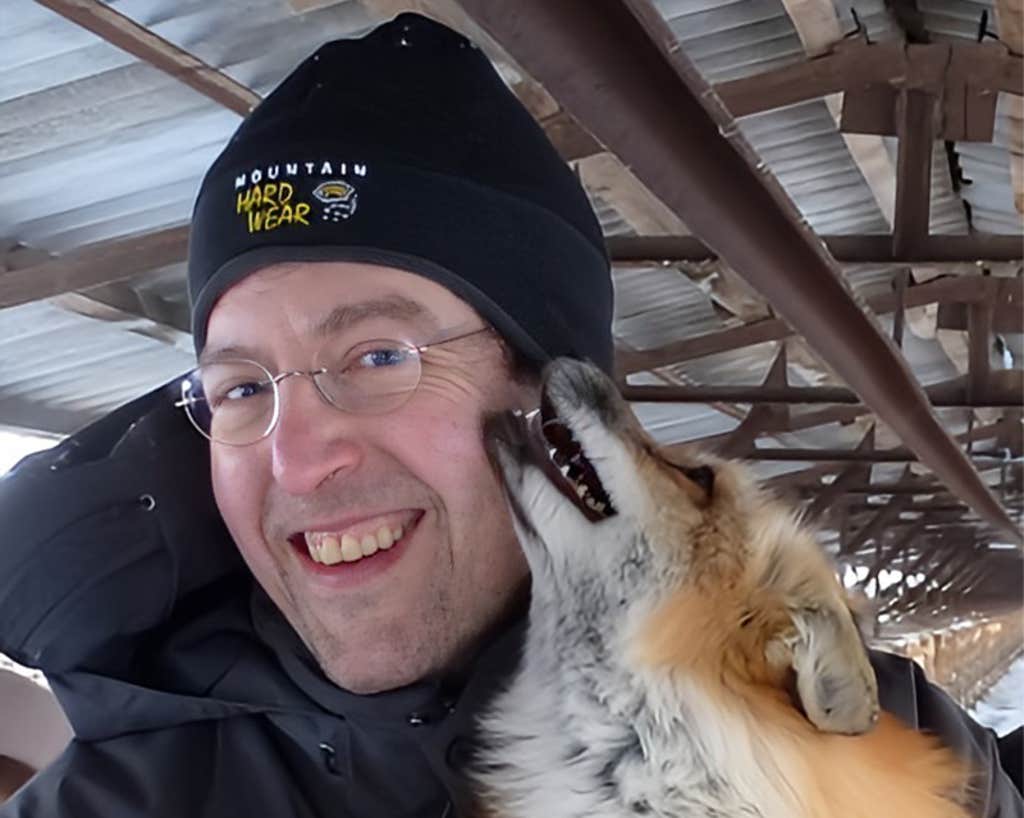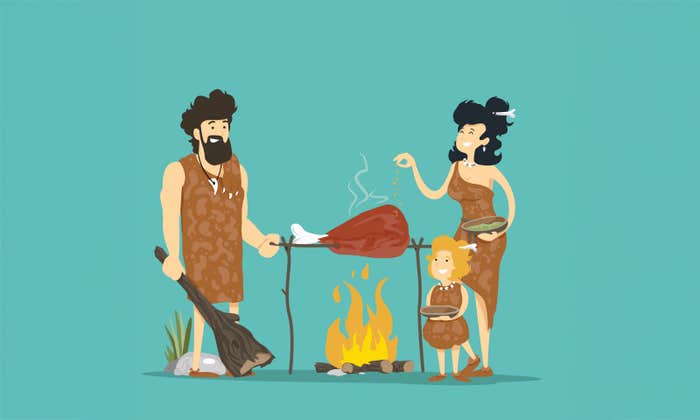1 The complexity of animal social behavior is astonishing
I have studied animal behavior for more than 35 years, so I’m rarely surprised at just how nuanced, subtle, and complex the social behavior of nonhuman animals can be. But, every once in a while, that “my goodness, how astonishing!” feeling—which I felt so often in graduate school—returns.
That’s how I felt when I read Kevin Oh and Alexander Badyaev’s work on sexual selection and social networks in house finches (Haemorhous mexicanus). The house finches in question, I learned while researching my book, live on the campus of the University of Arizona, where, in 2003, Oh was doing his graduate work and Badyaev was a young assistant professor. Using data on thousands of finches they banded over six years, these two researchers were able to map the social network the birds relied on during breeding season.

This network was composed of 25 “neighborhoods” with an average of 30 finches per group. Females rarely left their neighborhoods to interact with birds in other neighborhoods. But how much males moved around from one neighborhood to the next depended on their coloring. Those with plenty of red coloration—which females tend to prefer as mating partners—generally remained put, just like females. But drabber colored males were more likely to socialize across many neighborhoods. The question was why? The answer was what rekindled my own sense of awe in the power of natural selection to shape animal social behavior.
When Oh and Bedyaev mapped reproductive success in their house finches, they found that the most colorful males did well no matter what neighborhood they were in. Drab males, however, had greater reproductive success if they tried their luck all around town—essentially, this allowed them to find just the spot where their relative coloration was greatest and therefore most likely to score them a mate. In other words, they learned to play the field, restructuring social networks in a way that served their purposes best.
2 Technology is radically changing how scientists study the behavior of animals
While writing The Well-Connected Animal, I came to learn that one area of animal behavior research that has profited significantly from new technology is the study of social networks. To keep track of the nuanced interactions at the heart of any animal social network is no easy task. It is all the more difficult if your subjects are flying. But if you rig up animals so that they carry small GPS-transmitters on their backs, legs, or wings, studying them becomes a lot more manageable.
One perfect example of this is the work of Andrea Flack and her colleagues at the Max Planck Institute for Ornithology in Seewiesen, Germany. They made some surprising discoveries about the white storks (Ciconia ciconia) they were studying by attaching small, solar-powered GPS recorder loggers onto their backs. These storks migrate thousands of miles, many eventually wintering in Africa, before returning north to Europe. What Flack’s team was interested in was the travel network of these birds, and more specifically, whether during these long-haul migrations some white storks were leaders—determining movement patterns of the flock—and others were followers.
They learned to restructure social networks in a way that served their purposes best.
Without the GPS loggers, the answer to those questions would have been virtually unknowable, as the birds fly some 4,000 feet above ground. But with the millions of GPS data points from the trackers, the researchers were able to precisely locate the flock itself, as well as the position of storks within a flock, and the speed at which birds were moving in three dimensions. These data helped Flack and her colleagues identify a handful of birds who acted as leaders in the flock’s travel network. Equally remarkable, the GPS tracker data helped the researchers discern that leaders spent more time soaring and less time flapping their wings than followers. Leaders also had a knack for locating the best uplifts and ended up migrating farther south than followers.
3 Cat-astrophies can reorganize animal social networks
Barbara König has been studying the social networks of house mice in a barn outside of Zurich, Switzerland for decades. In 2019, that barn was home to 478 mice, each outfitted with a tiny passive integrated transponder (PIT) that would emit a unique signal. Those PIT tags would activate radio-frequency identification (RFID) receivers all around the barn, including ones planted in each mouse nest, as well as in drinking stations peppered throughout the barn. The tags and receivers provide a nonstop stream of data on the position of each mouse in the barn, which is fed into a computer and run through an algorithm that translates the raw data into metrics on mouse social networks.
It was a cushy world for the mice, because in addition to limitless supplies of food and water, they were also free from predators: The barn was sealed. Or so the researchers thought. One weekend, a cat or three snuck in when the researchers were away. Nearly a quarter of the mice lay dead after that, and another quarter went missing and were presumed dead.
After they recovered from the shock, König and her team decided they’d use this unexpected cat-astrophy to examine how networked animals respond to natural disaster—in this case mass mortality, the result of predation. What they discovered was that if a mouse had relatively few connections in its pre-cat network, then it built up lots of connections, albeit weak ones, in its post-cat network—likely seeking safety in numbers. But if a mouse was deeply embedded in its network before the cat or cats went on the killing spree, the mouse reduced the number of connections it made, but the bonds it formed were very strong. There is no one size that fits all when it comes to networking in the face of disaster—even for mice. ![]()
Read an excerpt from Lee Alan Dugatkin’s new book, The Well-Connected Animal, here.
Lead image: Cathy Keifer / Shutterstock




























